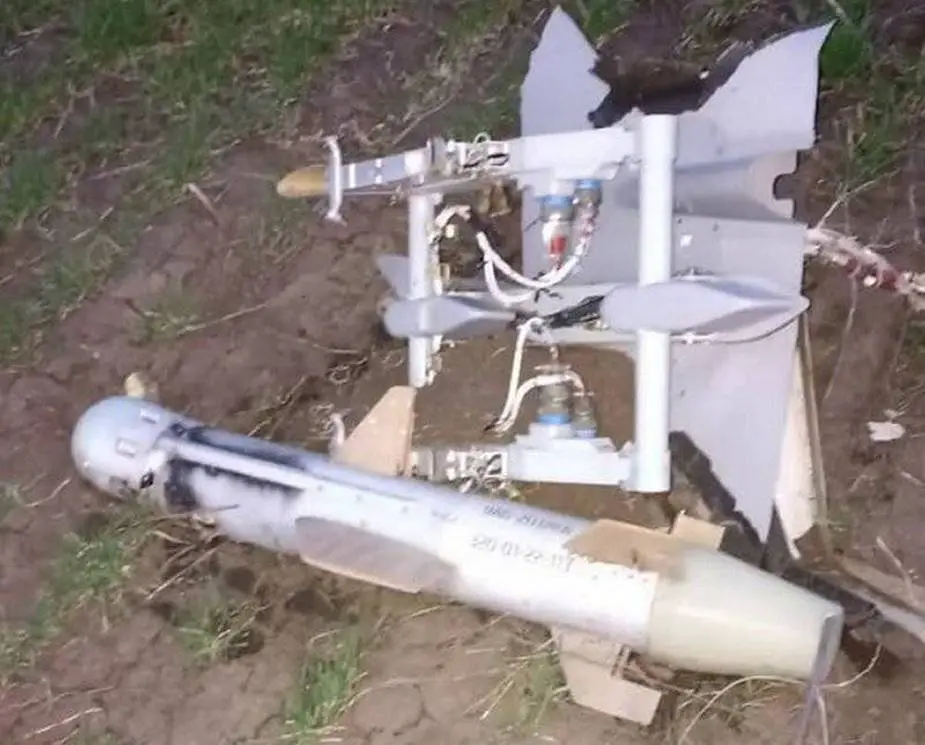The Ukrainian military claims to have found in the Kherson region the wreckage of a Russian Orion drone, allegedly shot down by the Ukrainian air defense, topwar.ru reports. The UAV was carrying new KAB-20-type guided bombs designed for this class of drones.

The photographs shown by the Ukrainian army show a fragment of the wing, along with a weapon pylon with one of the bombs, presumably of KAB-20 type. The KAB-20s were developed specifically for UAVs, so they weigh only 21 kg, of which 7 kg for the warhead. The high-explosive fragmentation warhead has a small kill zone, but the bomb is equipped with a proximity fuse and guided by a laser. Earlier, information appeared about the commissioning, in April 2023, of the KAB-20S version with satellite guidance (GLONASS/GPS). This is a classic hover bomb, and its range depends on the height and speed at which it is dropped. There is no official information about the performance characteristics. However, according to Western observers, the flight/gliding distance does not exceed 8 km.
The Orion (Inokhodets, which means ‘amble’) has given birth to a family of unmanned aerial vehicles (UAV) developed by Kronstadt Group. There are several variants of the reconnaissance-strike UAV. The basic variant has an endurance of up to 24 hours at a maximum ceiling of 7,500 meters, and a maximum speed of 200 km/h. The range of direct control is 250 km, and with a repeater – up to 300 km. It carries up to 200 kg of weapons, which theoretically means up to 8 bombs of the KAB-20 type. The drone is fitted with two weapons pylons under the fuselage and two under each wing. In addition to the above-mentioned bombs (and their heavier 50 kg KAB-50 version), the Orion was also integrated with the Kornet anti-tank guided missile (ATGM), its special version of the Kh-UAV, as well as the Kh-50 light-guided missile.
